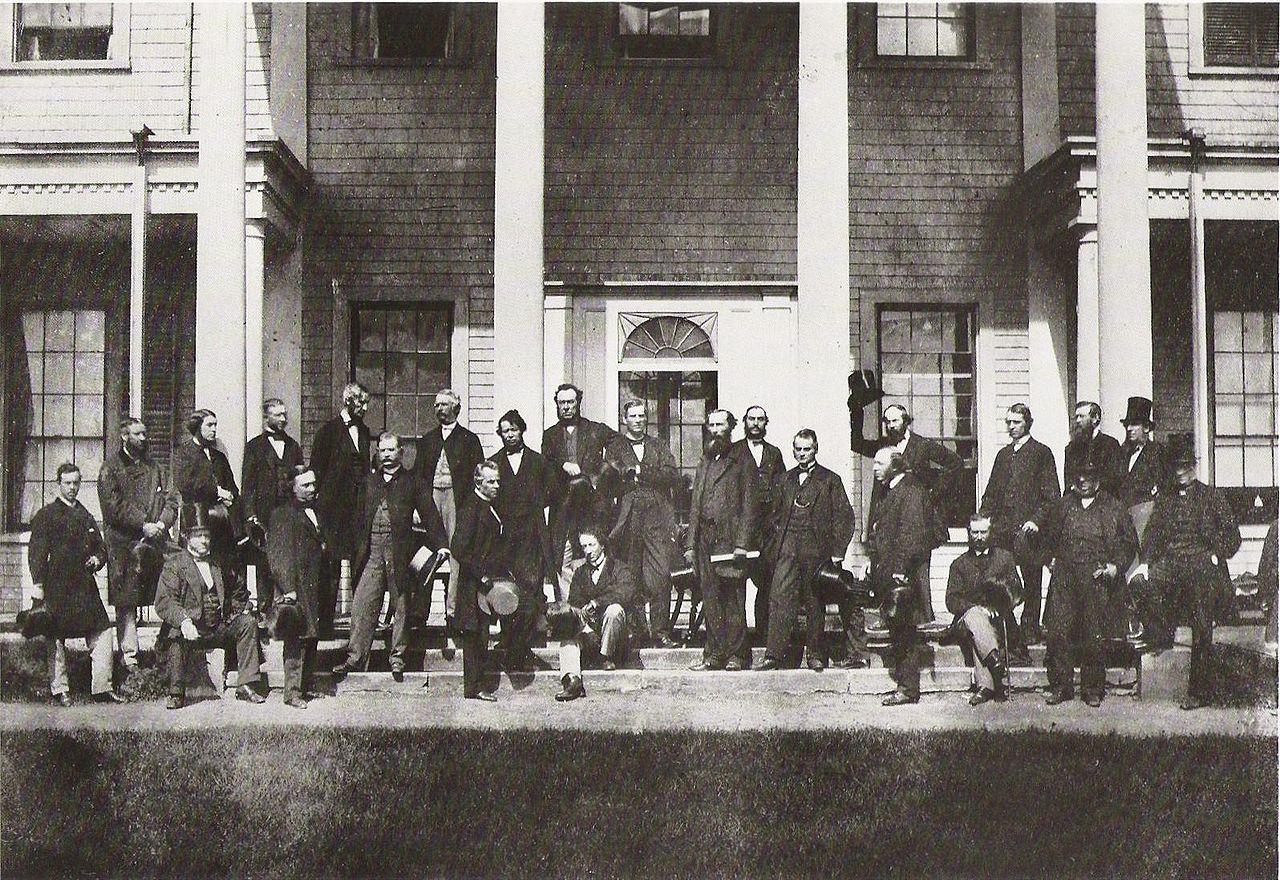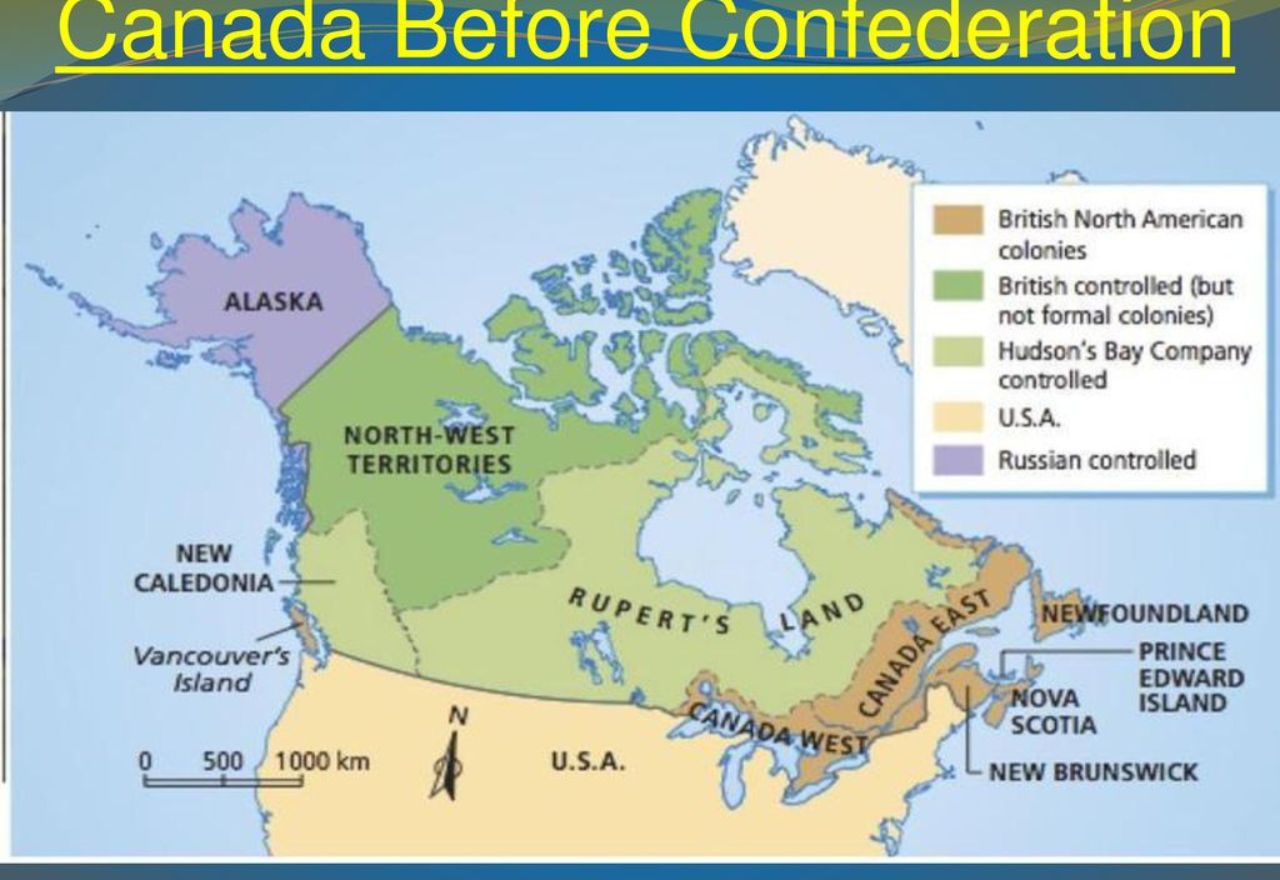The Charlottetown Conference of 1864 stands as a watershed moment in Canadian history, marking the beginning of formal discussions about the possibility of uniting the British North American colonies into a single federation. Held in Charlottetown, Prince Edward Island, from September 1st to September 9th, 1864, the conference brought together delegates from the colonies of Canada (comprising present-day Ontario and Quebec), New Brunswick, Nova Scotia, and Prince Edward Island.
The Charlottetown Conference was originally convened to discuss the possibility of maritime union— a proposed union of the maritime colonies of New Brunswick, Nova Scotia, and Prince Edward Island. However, the arrival of delegates from the Province of Canada (Upper and Lower Canada) unexpectedly expanded the scope of the discussions, leading to broader conversations about the potential for a federal union encompassing all the British North American colonies.
Despite initial skepticism and reservations, the delegates at the Charlottetown Conference were intrigued by the idea of a larger union and agreed to reconvene in Quebec City later that month for further discussions. The Quebec Conference, held from October 10th to October 27th, 1864, saw the drafting of 72 resolutions outlining the framework for a federal union.
Key elements of the Quebec Resolutions included the division of powers between a central government and provincial governments, the establishment of a bicameral parliament, and provisions for representation and language rights. These resolutions laid the foundation for the British North America Act, which would be passed by the British Parliament in 1867 and establish the Dominion of Canada.
The Charlottetown Conference thus played a crucial role in shaping the course of Canadian history, bringing together disparate colonies and setting them on the path towards Confederation. By fostering dialogue, collaboration, and compromise, the conference demonstrated the potential for collective action and laid the groundwork for the emergence of a new nation.



Leave a comment
This site is protected by hCaptcha and the hCaptcha Privacy Policy and Terms of Service apply.